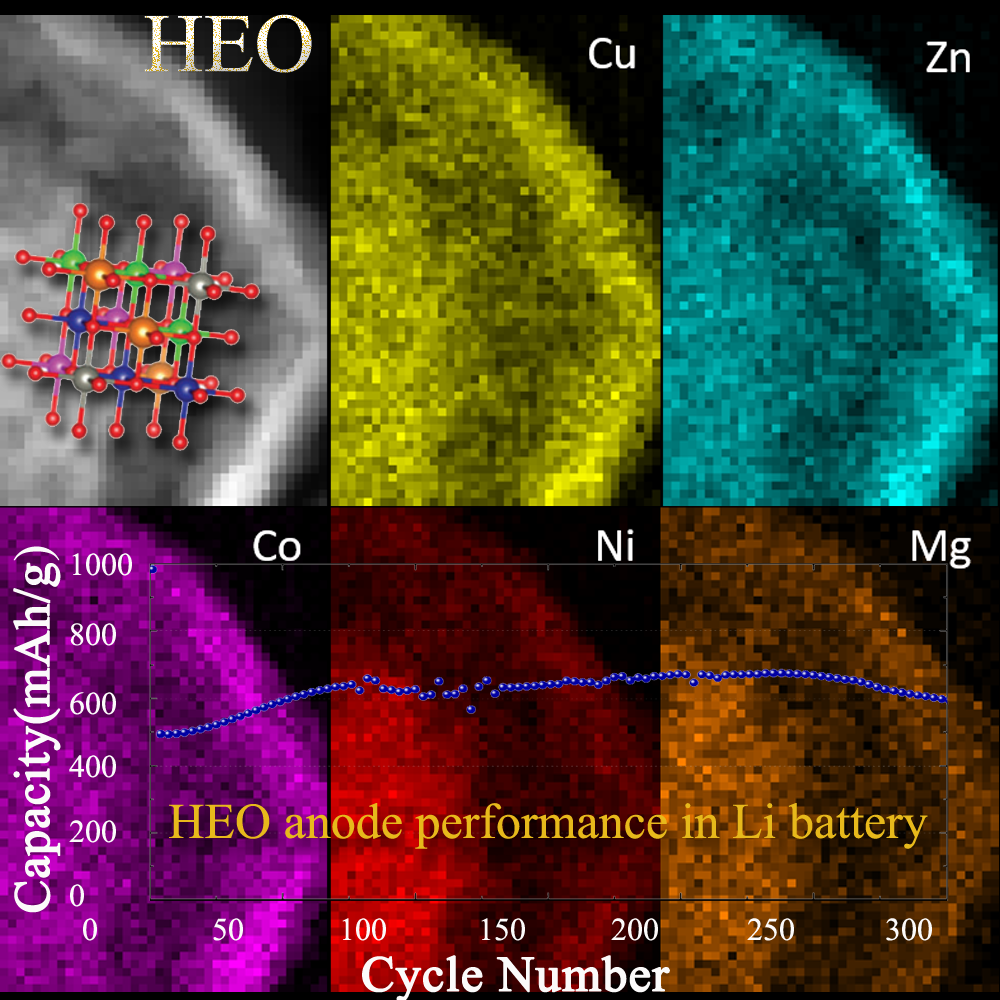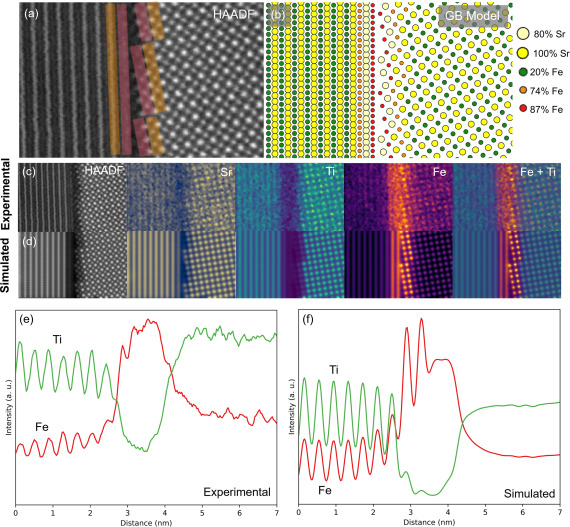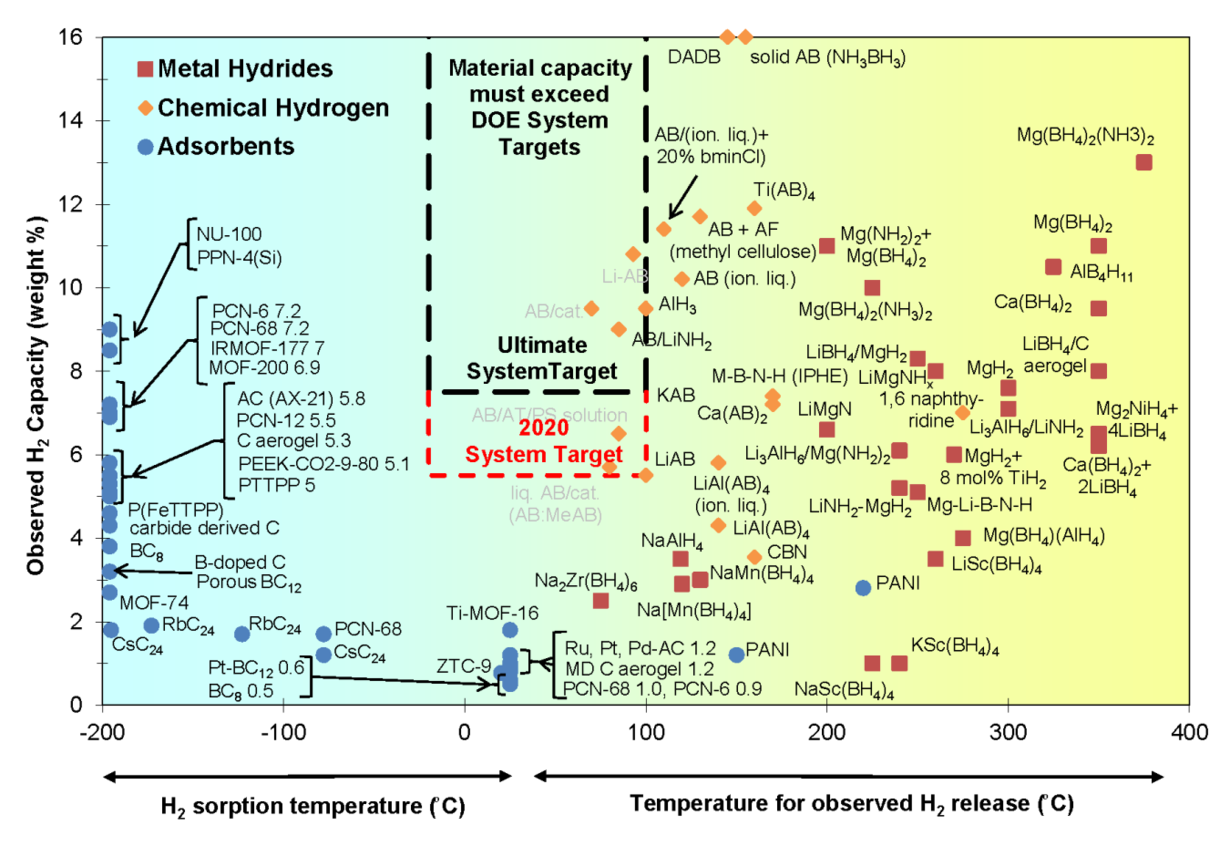Advanced Electron Microscopy in Materials Research

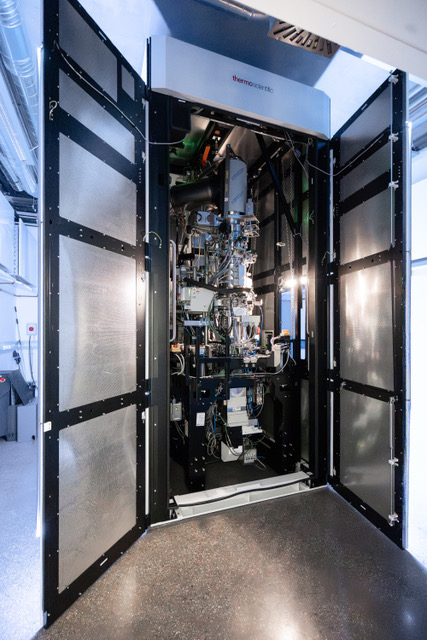
The Iliad Ultra (S)TEM has been installed at Campus South. Combining a future-proof concept with state-of-the-art design to advance research at the frontiers of materials science and nanotechnology.
Link_more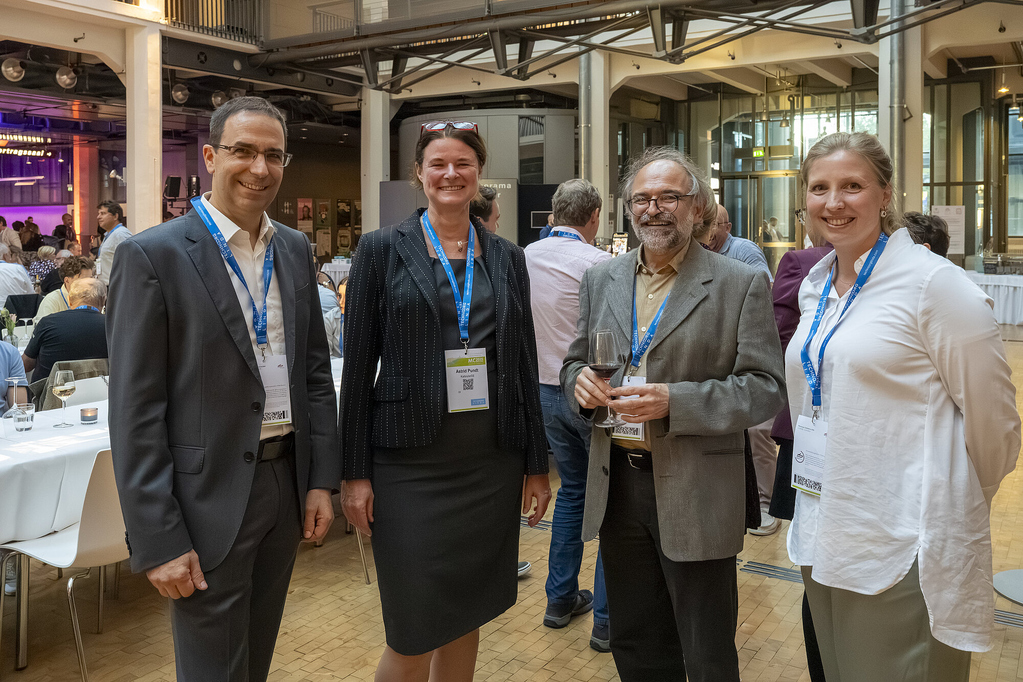
Our warm congratulations to Dr. Kübel and his collaborators for the successful organization of the Microscopy Conference 2025. It was an inspiring and fruitful event that highlighted exciting advances in microscopy.
We look forward to seeing everyone at the next MC in Dresden in 2027!
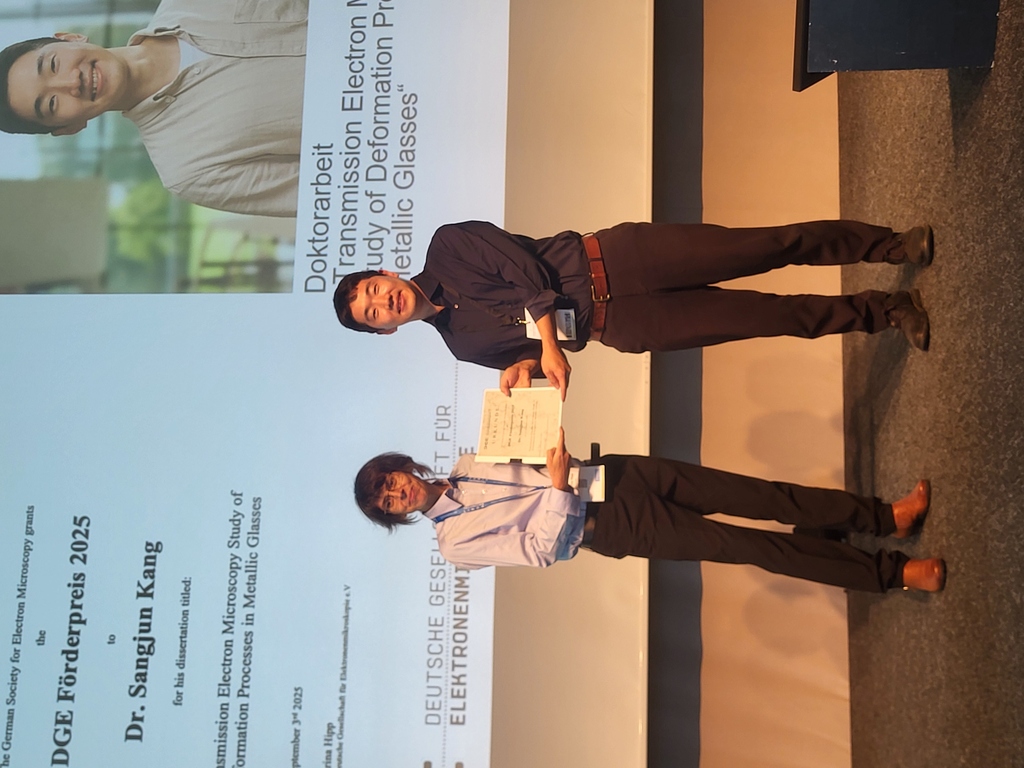
Sangjun Kang has been awarded the DGE prize for the best PhD thesis. Congratulations!
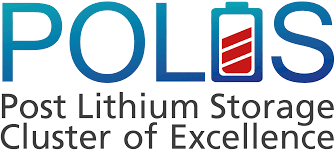
We are very pleased to announce that the Excellence Cluster POLiS has been extended.
Link_more
Christian Kübel has become editor at 'The Innovation Materials'
Link_more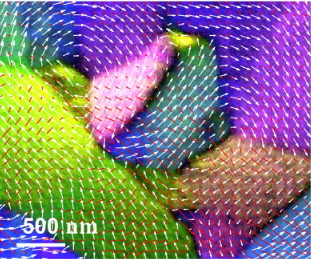
Together with Xioake Mu, we have developed large-angle Lorentz 4D-STEM imaging as a new approach to simultaneously image the pair distribution function, strain and magnetic field distribution at the nanoscale. We have used this approach to directly correlated the strain distribution around shear bands in a metallic glass with the magnetic domain structure. Further details about the technique and our findings are available at S. Kang, et al.,
Nature Communication, 2025, 16, 1305; DOI: 10.1038/s41467-025-56521-6.
Method Development
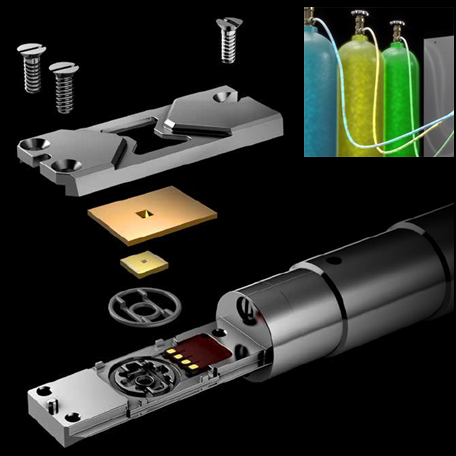



Materials Research
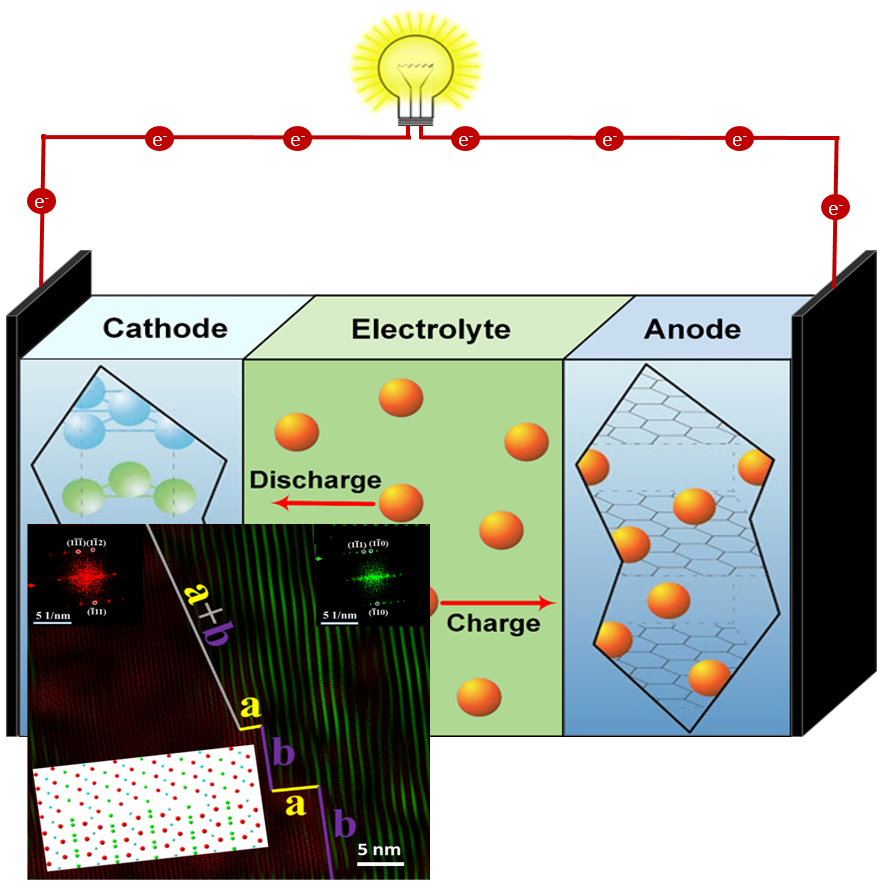
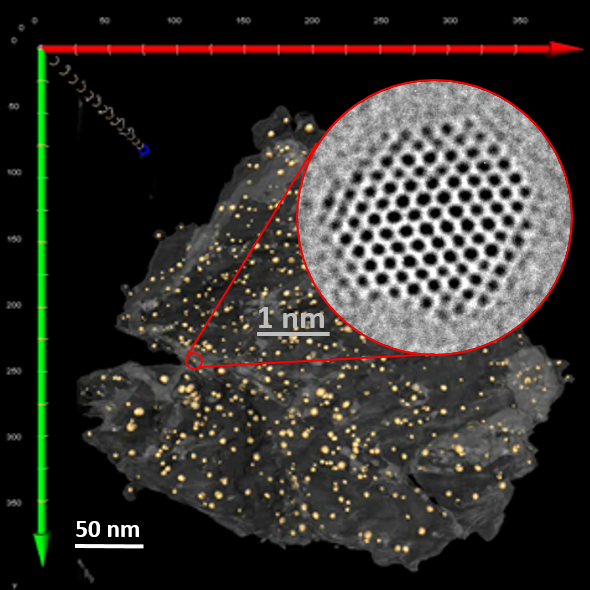
Atomic structure of the active catalytic center
Metal-Support Interaction
Nano and micro scale morphology
link
